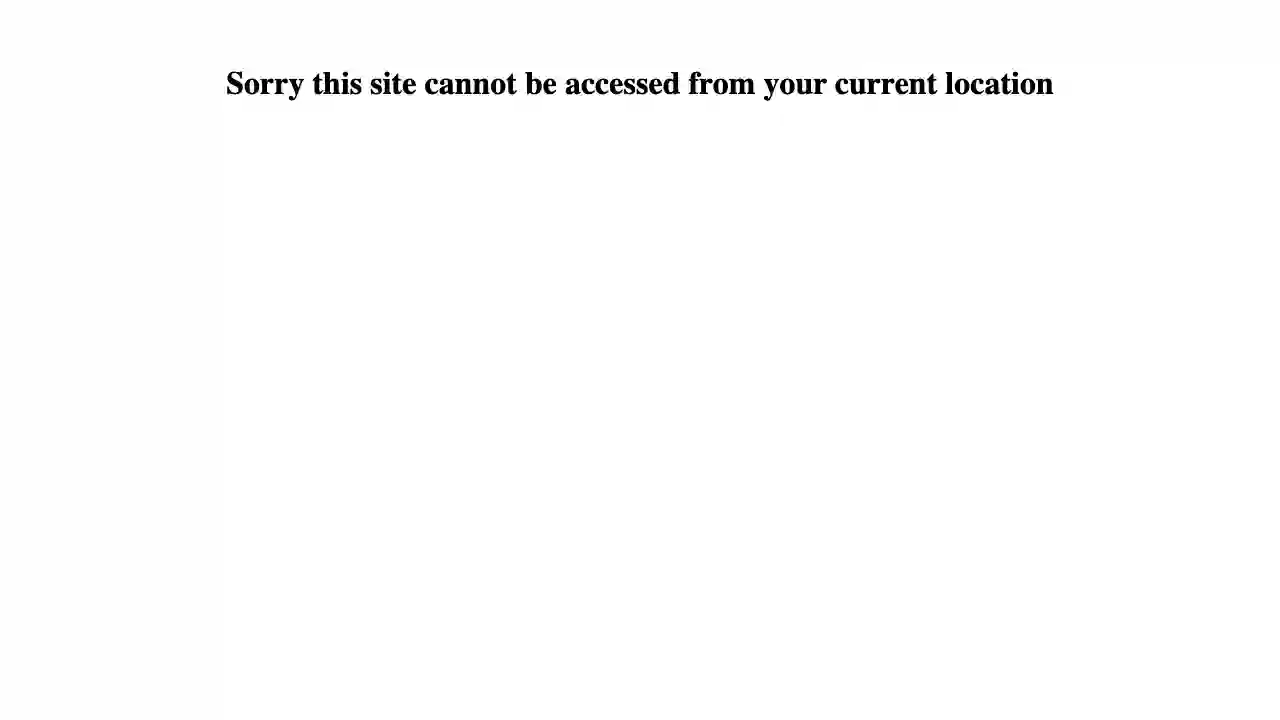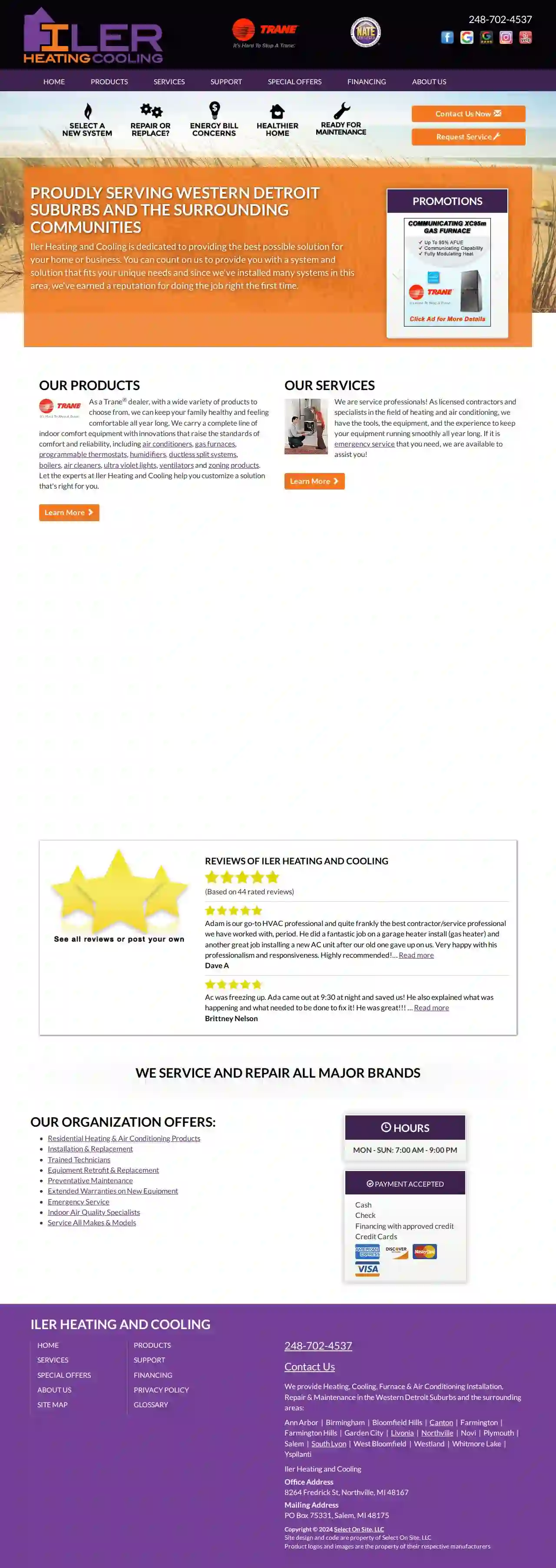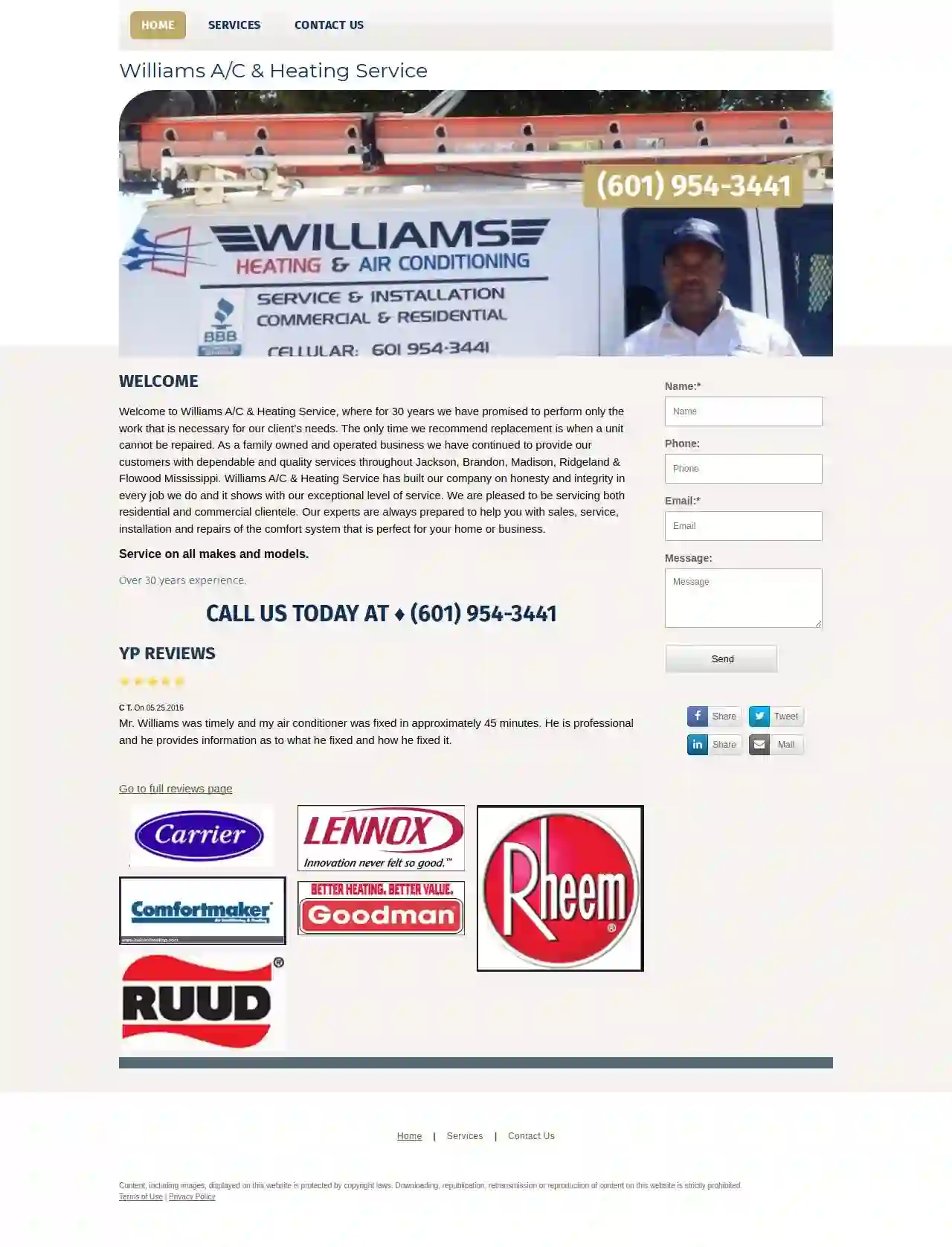Emergency HVAC Girard
Best Emergency Furnace Repair in Girard
Receive up to 3 24/7 HVAC Repair quotes for your project today! Compare profiles, reviews, accreditations, portfolio, etc... and choose the best service.

Maumee Valley Heating & Air Conditioning
4.7109 reviews2740 Nebraska Avenue, Toledo, 43607, USFor 58 years, Maumee Valley Heating & Air Conditioning has been Toledo's trusted HVAC contractor. We're a family-owned and operated business dedicated to providing dependable, honest, and cheerful service to our customers. Our NATE-certified technicians are experts in all aspects of heating and cooling, and we offer a wide range of services, including furnace repair, air conditioning installation, ductless heating and cooling, indoor air quality solutions, and more. We're proud to be a Bryant Factory Authorized Dealer, and we offer financing options to make our services affordable for everyone. We stand behind our work with a 100% satisfaction guarantee, and we're confident that you'll be completely amazed by our service. Experience matters. Family matters. Read why you should put your trust in our 58-year-old heating & cooling business. Call us now for an in-home evaluation of your heating and cooling needs!
- Services
- Why Us?
- Accreditations
- Gallery
Get Quote
Cox Cooling and Heating
53 reviewsSomers Point, 08244, USCox Cooling and Heating is your trusted HVAC contractor serving Somers Point and Pleasantville, NJ. With over a decade of experience, we provide top-notch HVAC installations, maintenance, and repair services. Whether you need central air or a split system, our team of licensed and insured professionals is here to help. We offer a wide range of services, including HVAC maintenance, repair, emergency services, installations, replacements, humidifier installations, air quality testing, and ductless system installation and cleaning. We pride ourselves on our commitment to quality, reliability, and customer satisfaction. We offer free estimates, first responder, military, and senior discounts, and are available 24/7 for emergency calls. Choose Cox Cooling and Heating for all your HVAC needs!
- Services
- Why Us?
- Gallery
Get Quote
Grant AC and Heating
525 reviewsLima, USAir Conditioning & Heating Services in Brandon, MS and the Surrounding Area! Call Now! 601-540-0873 Get A Free 2nd Opinion Schedule Online Air Conditioning Air Conditioning Installation Air Conditioning Repair Air Conditioning Tune-Ups Ductless Mini-splits Heat Pumps Thermostats Commercial AC Products Indoor Air Quality Air Purification Air Filtration Air Quality Testing Humidity Control Heating Heating Installation Heating Repair & Service Heating Tune-Ups Ductless Mini-splits Heat Pumps Furnaces Boilers Commercial Heating Water Heaters Water Heater Installation Water Heater Repair & Service Water Heater Maintenance Tankless Water Heaters Generators Generator Installation Generator Repair & Service Generator Maintenance Portable Generators Maintenance Plan About Us Mitsubishi Products Promotions Financing Blog Service Areas Mendenhall Magee Madison Brandon Pearl Flowood Collins Pelahatchie Ridgeland Richland Jackson Hattiesburg Laurel Gluckstadt Contact Us Schedule Service Emergency Service Free Estimates Careers Review Us
- Services
- Why Us?
- Gallery
Get Quote
Air Masters Heating & Cooling
4.8153 reviewsPort Orchard, WA, 1340 Lumsden Rd, Ste 130, 98367, USAir Masters Heating & Cooling is a local business that has been serving the Kitsap Peninsula since 1986. We are a Lennox Premier Dealer and offer a range of services including heating and cooling repair, installation, and maintenance. Our team of experts is dedicated to providing top-notch service and ensuring that our customers are comfortable in their homes. We are committed to using only the highest-quality products and equipment to ensure that our customers receive the best possible results. At Air Masters Heating & Cooling, we understand the importance of having a reliable and efficient heating and cooling system. That's why we offer a variety of services to help you achieve your comfort goals. Whether you need a routine maintenance check or a repair, we are here to help. Contact us today to learn more about our services and how we can help you achieve your comfort goals.
- Services
- Why Us?
- Accreditations
- Our Team
- Testimonials
- Gallery
Get Quote
ILER Heating and Cooling
5239 reviews8264 Fredrick St, Northville, 48167, USIler Heating and Cooling is dedicated to providing the best possible solution for your home or business. You can count on us to provide you with a system and solution that fits your unique needs and since we've installed many systems in this area, we've earned a reputation for doing the job right the first time. As a Trane® dealer, with a wide variety of products to choose from, we can keep your family healthy and feeling comfortable all year long. We carry a complete line of indoor comfort equipment with innovations that raise the standards of comfort and reliability, including air conditioners, gas furnaces, programmable thermostats, humidifiers, ductless split systems, boilers, air cleaners, ultra violet lights, ventilators and zoning products. Let the experts at Iler Heating and Cooling help you customize a solution that's right for you. We are service professionals! As licensed contractors and specialists in the field of heating and air conditioning, we have the tools, the equipment, and the experience to keep your equipment running smoothly all year long. If it is emergency service that you need, we are available to assist you!
- Services
- Why Us?
- Accreditations
- Our Team
- Testimonials
- Gallery
Get Quote
Williams A/C & Heating Service
4.84 reviewsLima, USWelcome to Williams A/C & Heating Service, where for 30 years we have promised to perform only the work that is necessary for our client’s needs. The only time we recommend replacement is when a unit cannot be repaired. As a family owned and operated business we have continued to provide our customers with dependable and quality services throughout Jackson, Brandon, Madison, Ridgeland & Flowood Mississippi. Williams A/C & Heating Service has built our company on honesty and integrity in every job we do and it shows with our exceptional level of service. We are pleased to be servicing both residential and commercial clientele. Our experts are always prepared to help you with sales, service, installation and repairs of the comfort system that is perfect for your home or business. Service on all makes and models. Over 30 years experience.
- Services
- Why Us?
- Testimonials
- Gallery
Get Quote
Indoor Comfort Heating & Cooling
5515 reviews404 W Huron St., Ann Arbor, US24/7 Emergency Service Contact the professionals at Indoor Comfort to take care of your HVAC emergency, no matter the time of day or day of the week. We have the required skills and tools to fix your heating or cooling system so you can quickly use it again. Call our team at (734) 665-9860 to get emergency HVAC services in Washtenaw County & the surrounding areas.
- Services
- Why Us?
- Gallery
Get Quote
HVAC Pro Solutions
4.8159 reviews719 Middle Neck Rd, Great Neck, 11024, USHVAC Pro Solutions is a leading heating, ventilation, and air conditioning (HVAC) company based in Great Neck. Since its inception, the company has been dedicated to providing top-notch HVAC services and exceptional customer care to residents and businesses in the Greater Great Neck area. Our team of highly skilled technicians is equipped with the knowledge and expertise to handle all HVAC-related requirements with utmost precision. We offer a comprehensive range of HVAC services tailored to meet the unique needs of our diverse clientele. From installation and maintenance to repairs and replacements, our team is dedicated to delivering tailored results that exceed expectations. With a commitment to quality and customer satisfaction, we strive to ensure that our clients enjoy reliable and efficient heating and cooling solutions tailored to their specific needs and preferences.
- Services
- Why Us?
- Our Team
- Gallery
Get Quote
Ilten's Incorporated
4.754 reviews919 14th Ave SW, Cedar Rapids, IA, 52404, USIlten's Incorporated has been serving the Cedar Rapids area for over 100 years. We feel it is our duty to provide our customers with a service department they can depend on 24 hours a day, 7 days a week. Our staff is knowledgeable and fully trained on a full range of HVAC products, maintenance, technology – you name it. We strive to provide our customers with prompt, courteous service and do professional, quality work for everything we do so you can enjoy a more comfortable home. Aside from offering excellent service, we also sell high quality HVAC products and appliances for residential and commercial use. Ilten's offers competitive prices, and we’ll haul your old appliances away when we replace your new appliance for just a minimal charge. Ilten's does furnace and air conditioning services for all makes and models and has a completely automated duct line capable of producing 48″ wide duct from 10,000 lb. coil stock. The line produces either Snaplock or Pittsburgh seams in gauges from 18 to 28.Our Appliance Department is here to provide assistance in the selection and installation of top of the line General Electric Appliances for any commercial and residential project. Ilten's Incorporated has been proudly serving their community for over 125 years. Our family-run company has been around since 1892, and has continued to prosper through the years. Henry Ilten, the founder of Ilten's, has managed to create a business that has survived through the Great Depression, WWII, and the flood of 2008 while keeping the company “within the family.” With our ability to embrace change through the generations, Ilten's has served the Cedar Rapids community with up-to-date products and customer service. We’re committed to helping you achieve whole-home comfort. Whether you need heating and cooling services such as repair and maintenance, or you need to replace your HVAC system, we’re ready to help.
- Services
- Why Us?
- Accreditations
- Testimonials
- Gallery
Get Quote
AJ Manufacturing Co. Inc.
52 reviews8701 Elmwood Ave., #400, Kansas City, 64132, USSince 1924, AJ Manufacturing has specialized in made-to-order air outlets for critical environments. Sophisticated equipment, the latest technology, and expert engineers who overcome even the toughest jobsite challenges result in fast turnaround on your project. Each piece of your system is designed and built with a focus on quality, precision, and efficiency. AJ Manufacturing produces some of the world’s best commercial stainless steel HVAC products, specifically designed for sterile environments. Lean, just-in-time manufacturing produces custom and standard air distribution components made of 304 or 316 stainless steel and aluminum, for hospitals, laboratories, and commercial buildings. Our proven HEPA filtration technology keeps the air you breathe free of airborne pathogens, delivering purified air to a room or removing contaminated air. Our manufacturing process for products like diffusers, ceiling systems, fan filter units, air extractors, plenums, transitions, and more, is absolutely critical in environments that should remain sanitary and clean, or in buildings where ventilation and air distribution are key. There’s no room for error when it comes to clean and efficient air distribution; we work toward perfection throughout each step of our manufacturing process.
- Services
- Why Us?
- Accreditations
- Our Team
- Gallery
Get Quote
Over 15,611+ HVAC Businesses on our platform
Our HVAC companies operate in Girard and surrounding areas!
HVACCompaniesHub has curated and vetted the Best HVAC Businesses arround Girard. Find the most trustworthy contractor today.
Frequently Asked Questions About Emergency HVAC Services
- Control Humidity: Keep indoor humidity levels between 30% and 50%.
- Regularly Change Air Filters: Change your air filters frequently.
- Clean Drip Pans and Condensate Drains: Regularly inspect and clean your AC unit's drip pans and condensate drains to prevent standing water.
- Ensure Proper Ventilation: Adequate ventilation helps to control humidity levels.
- Schedule Professional Duct Cleaning: Consider regular air duct cleaning to remove mold and other contaminants.
How can I prevent mold in my HVAC system?
How do I find an emergency HVAC technician near me?
Are emergency HVAC services more expensive?
What is a smart thermostat, and how can it save me money?
How can I prevent mold in my HVAC system?
- Control Humidity: Keep indoor humidity levels between 30% and 50%.
- Regularly Change Air Filters: Change your air filters frequently.
- Clean Drip Pans and Condensate Drains: Regularly inspect and clean your AC unit's drip pans and condensate drains to prevent standing water.
- Ensure Proper Ventilation: Adequate ventilation helps to reduce moisture buildup.
- Schedule Professional Duct Cleaning: Consider regular air duct cleaning to improve indoor air quality.